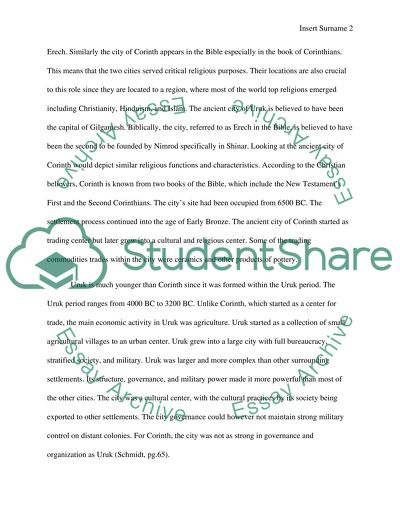Cite this document
(“English - World Literature I Research Paper Example | Topics and Well Written Essays - 1250 words”, n.d.)
Retrieved from https://studentshare.org/literature/1495415-english-world-literature-i
Retrieved from https://studentshare.org/literature/1495415-english-world-literature-i
(English - World Literature I Research Paper Example | Topics and Well Written Essays - 1250 Words)
https://studentshare.org/literature/1495415-english-world-literature-i.
https://studentshare.org/literature/1495415-english-world-literature-i.
“English - World Literature I Research Paper Example | Topics and Well Written Essays - 1250 Words”, n.d. https://studentshare.org/literature/1495415-english-world-literature-i.


